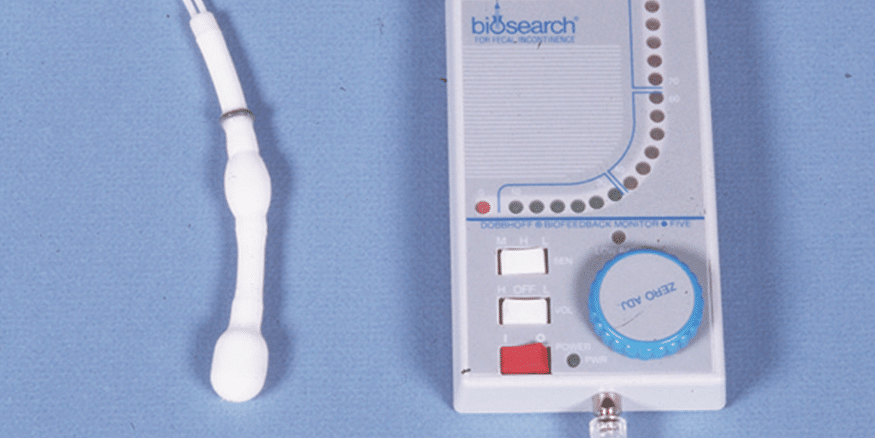Persistent pain is a condition that affects millions of individuals across the world. It can be caused by various elements, including injuries, illnesses, or even anxiety. For many patients, controlling chronic pain can be a daily challenge that affects their quality of life. Traditional treatments often include medications, physiotherapeutic therapy, and occasionally surgery. However, these methods do not always provide the relief that individuals seek. Lately, biofeedback has emerged as a promising option for managing chronic pain and improving overall well-being.
Biofeedback is a method that teaches individuals how to control specific bodily functions by utilizing signals from their own physiology. This method involves employing sensors that track physiological responses such as heart rate, muscle tension, and skin temperature. By offering real-time feedback, individuals can learn to recognize their body's responses to pain and stress. This consciousness allows them to develop strategies to handle their pain more effectively. For instance, if a person notices that their muscle tension increases when they are in pain, they can practice relaxation techniques to help reduce that tension.

One of the key advantages of biofeedback is that it empowers individuals to take an proactive role in their pain management. Instead of depending solely on drugs or treatments from medical providers, individuals can learn to comprehend and regulate their own bodies. This feeling of control can lead to enhanced confidence and a more positive outlook on life. Many individuals indicate feeling more in control of their pain and less like sufferers of their condition. This change in mindset can significantly enhance their quality of life.
Studies has shown that biofeedback can be effective in alleviating chronic pain indicators. Research suggest that individuals who employ biofeedback methods often undergo less pain and improved physical ability. Additionally, biofeedback can help reduce anxiety and stress, which are common issues for those living with chronic pain. By addressing both the physical and emotional aspects of pain, biofeedback offers a holistic approach to pain management. This comprehensive method can lead to better outcomes for patients, allowing them to engage more completely in that site their routine activities.
In summary, biofeedback is a significant tool for revolutionizing chronic pain management. By teaching individuals to understand and control their physiological responses, biofeedback empowers patients to take charge of their pain. This method not only helps alleviate pain but also enhances overall quality of life. As more individuals seek alternatives to conventional pain management methods, biofeedback stands out as a promising option. With continued research and awareness, biofeedback could become an essential part of chronic pain treatment, helping individuals lead more fulfilling, more satisfying lives.
Comments on “Harnessing the Potential of Bio Feedback to Revolutionize Chronic Discomfort Management and Improve Quality of Living”